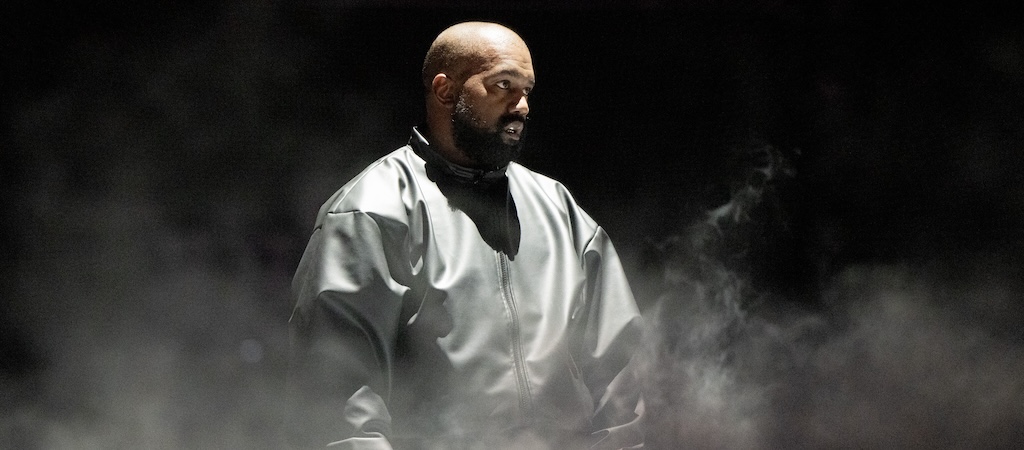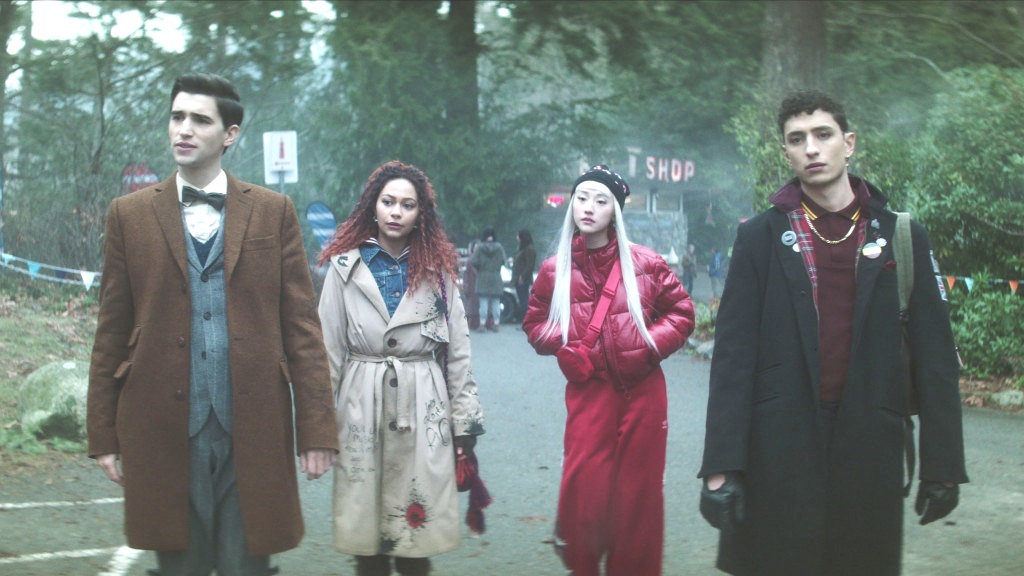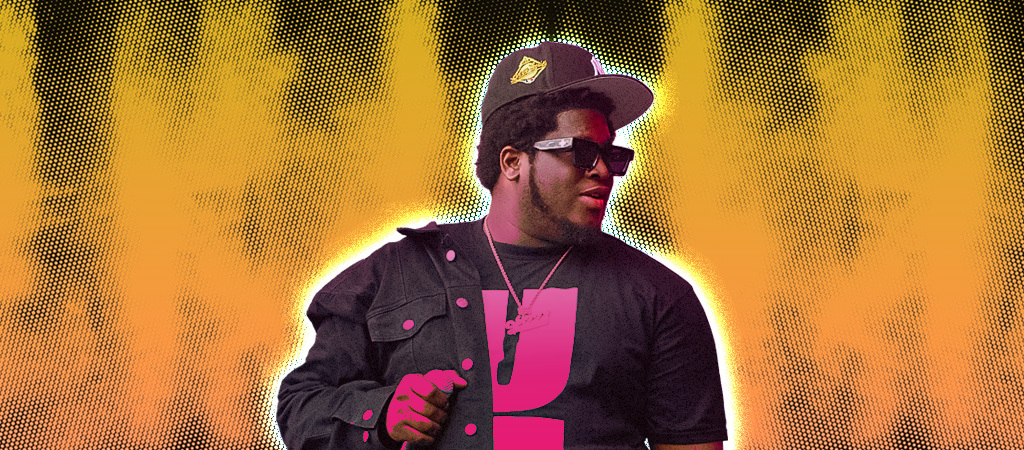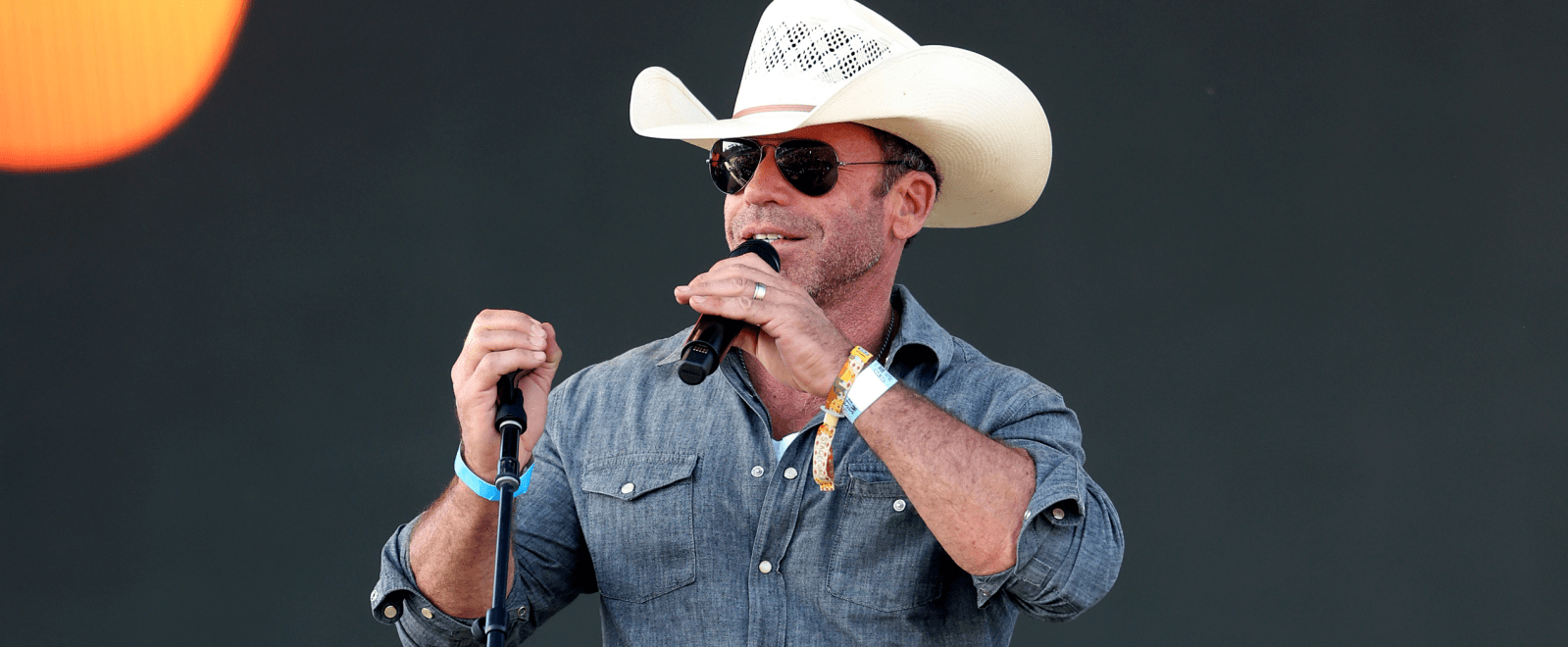
This week’s Uproxx Music 20 column takes things to the West Coast, where we shine a light on rapper Teyter Tot. With a project and a slew of singles under her belt, the Oakland native caught my attention thanks to a couple of freestyles that live on her Instagram page. The first is one from a few months ago with the platform In The Kitchen With H-Dot and the other is with another called Hotel Freestyles. In both, Teyter Tot displayed fierce attitude as she fired off brash, tough-talking bars over bass-rattling production.
Teyter Tot’s music reminds me a bit of Rico Nasty’s, only with an emphasis on The Bay rather than the DMV. Teyter’s most recent project came back in 2022 with Different Breed, and though she’s yet to release a record in 2024, she’s spent the last week teasing what we can assume is her next single of many to come. The sky is the limit for the Oakland-bred rapper, so if you want to dive into her releases, you can start with Different Breed highlights like “Act Right” and “Wait” or check out some of her 2023 singles like “Angel” and “Choose Up.”
With more to come from Teyter Tot, scroll down to learn more about her artistry and discover her inspiration, aspiration, and influences.
- Iman Nunez Proves He’s As Fearless As They Come On ‘Phases Vol. 2’
- Seafood Sam Stays Cool, Calm, And Collected In The West Coast Breeze On ‘Standing On Giant Shoulders’
- Jordan Adetunji Saw His Life Change Thanks To ‘Kehlani’
- Leo Waters’ ‘On Waters Ave’ Trusted The Process In The Face Of The Unknown
- Blk Odyssy’s Obsession With Love Leads To An Eye-Opening Heartbreak On ‘1-800-Fantasy’
What is your earliest memory of music?
Music has been a part of my life as long as I can remember, so I’m not sure. What I do remember is my mom telling me when I was a few months old, she would purposefully put on Mary J. Blige and I would sit up and bounce on beat.
Who inspired you to take music seriously?
My mother. She always told me if I do it, do it fully and always encouraged me to finish what I started. She also exposed me to a lot of art as a child so I’ve always been developing a taste for culture.
Do you know how to play an instrument? If so, which one? If not, which instrument do you want to learn how to play?
Yes, I can play piano and drums. I kinda forgot how to read music, but if I studied for like a month, I’d probably have it down again. I still would also love to learn how to play bass.
What was your first job?
Chipotle. I hated it.
What is your most prized possession?
My mind.
What is your biggest fear?
Not trying or being too enthralled in shame based fear that I don’t have the space to grow.
Who is on your R&B/rap/afrobeats Mt. Rushmore?
The Pharcyde, Lil Wayne, Ladybug Mecca from Digable Planets, and Lauryn Hill.
You get 24 hours to yourself to do anything you want, with unlimited resources: What are you doing? And spare no details!
I don’t know, probably walking around butt ass naked with mad jewelry on eating berries and sh*t through a tea garden in Japan. Then I’d swim in a stream or something & smoke a blunt in a country you probably aren’t supposed to.
What are your three most used emojis?
 ,
,  , and
, and  .
.
What’s a feature you need to secure before you die?
Sahbabii, Young Thug, and Veeze.
If you could appear in a future season of a current TV show, which one would it be and why?
Catch me on the next season of Euphoria.
Which celebrity do you admire or respect for their personality and why?
Rihanna, all girls love Rihanna. She’s a boss, she’s that girl.
Share your opinion on something no one could ever change your mind about.
Too many people associate their own value to what they are able to provide monetarily and that gives you low self-esteem which actually makes it harder to live anyway.
What is the best song you’ve ever heard in your life and what do you love about it?
Maybe Sade’s “Smooth Operator” because it’s smooth and player. It feels like an immersive experience each time I hear it.
What’s your favorite city in the world to perform, and what’s a city you’re excited to perform in for the first time?
Favorite city is probably Los Angeles, they show me hella love. I’m looking forward to some day performing in London or Tokyo.
You are throwing a music festival. Give us the dream lineup of 5 artists that will perform with you and the location where it would be held.
Rihanna, Future, Sade, 03 Greedo, and Veeze.
What would you be doing now if it weren’t for music?
Probably in school for psychology/sociology doing political justice work, which I do now anyway, but I’d have all my focus on that.
If you could see five years into the future or go five years into the past, which one would you pick and why?
Probably the past to give myself advice. I don’t really want to know my future, just live life man.
What’s one piece of advice you’d go back in time to give to your 18-year-old self?
Don’t date. Worry about how you gone get this bag, protect yourself, and prioritize your rest. Don’t compromise your comfort for others.
It’s 2050. The world hasn’t ended, and people are still listening to your music. How would you like it to be remembered?
Authentic. Real. Game for hustlers and women.









